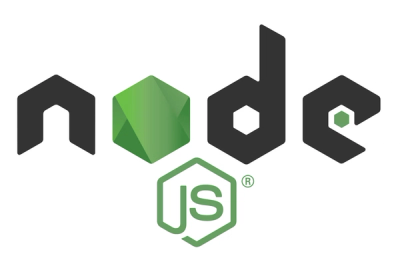
Security News
ECMAScript 2025 Finalized with Iterator Helpers, Set Methods, RegExp.escape, and More
ECMAScript 2025 introduces Iterator Helpers, Set methods, JSON modules, and more in its latest spec update approved by Ecma in June 2025.
x3d-image
Advanced tools
Render image files from X3D.
You can run x3d-image without installing it using npx:
npx x3d-image [options] -i input-file -o output-file [-i input-file -o output-file ...]
x3d-image is a command-line tool, based on X_ITE, that renders image files from X3D (Extensible 3D) and other 3D file formats. It allows users to convert 3D scenes into 2D images, supporting various input formats such as X3D (XML, JSON, Classic VRML), VRML, glTF, OBJ, STL, PLY, and SVG. Output can be in PNG or JPEG formats.
Key Features:
npx x3d-image ... directly from npm without installing it.x3d-image interprets the following options when it is invoked:
Modify the current view so that all objects fit in view volume.
Set background to specified color. Color can be any X3D RGBA color or any CSS color. Use PNG as output image format for transparent backgrounds.
The color space in which color calculations take place.
Wait the specified number of seconds before generating the image.
Add an EnvironmentLight node to scene. Useful when rendering glTF files with PhysicalMaterial nodes.
Show help.
Set input file(s). This can be either a local file path or a URL. If there are less input files than output files, the last input file is used for the remaining output files.
Whether to use a logarithmic depth buffer. It may be necessary to use this if dealing with huge differences in scale in a single scene. It is automatically enabled if a GeoViewpoint is bound.
Whether tone mapping should be applied.
Whether to use order independent transparency rendering technique.
Set output file(s). This can be either a PNG or JPEG file.
A Number between 0 and 1 indicating the image quality to be used when creating images using file formats that support lossy compression (such as JPEG).
Creates a parent group with the model as children and sets the specified X3D rotation value.
Set image size in pixels, default is '1280x720'.
Controls how Text.length and Text.maxExtent are handled. Either by adjusting char spacing or by scaling text letters.
Show version.
The exposure of an image describes the amount of light that is captured.
| Encoding | File Extension | MIME Type |
|---|---|---|
| X3D XML | .x3d, .x3dz | model/x3d+xml |
| X3D JSON | .x3dj, .x3djz | model/x3d+json |
| X3D Classic VRML | .x3dv, .x3dvz | model/x3d+vrml |
| VRML | .wrl, .wrz | model/vrml |
| glTF | .gltf, .glb | model/gltf+json |
| Wavefront OBJ | .obj | model/obj |
| STL | .stl | model/stl |
| PLY | .ply | model/ply |
| SVG Document | .svg, .svgz | image/svg+xml |
| Encoding | File Extension | MIME Type |
|---|---|---|
| PNG | .png | image/png |
| JPEG | .jpg, .jpeg | image/jpeg |
Render a JPEG image from X3D with size 1600x900.
$ npx x3d-image -s 1600x900 -i file.x3d -o file.jpg
Render two PNG images from two X3D files.
$ npx x3d-image -s 1600x900 -i file1.x3d -o file1.png -i file2.x3d -o file2.png
Render image of glTF file with view-all and environment light.
$ npx x3d-image -a -e CANNON -i file.gltf -o file.png
FAQs
Render image files from X3D
The npm package x3d-image receives a total of 79 weekly downloads. As such, x3d-image popularity was classified as not popular.
We found that x3d-image demonstrated a healthy version release cadence and project activity because the last version was released less than a year ago. It has 1 open source maintainer collaborating on the project.
Did you know?

Socket for GitHub automatically highlights issues in each pull request and monitors the health of all your open source dependencies. Discover the contents of your packages and block harmful activity before you install or update your dependencies.

Security News
ECMAScript 2025 introduces Iterator Helpers, Set methods, JSON modules, and more in its latest spec update approved by Ecma in June 2025.

Security News
A new Node.js homepage button linking to paid support for EOL versions has sparked a heated discussion among contributors and the wider community.

Research
North Korean threat actors linked to the Contagious Interview campaign return with 35 new malicious npm packages using a stealthy multi-stage malware loader.